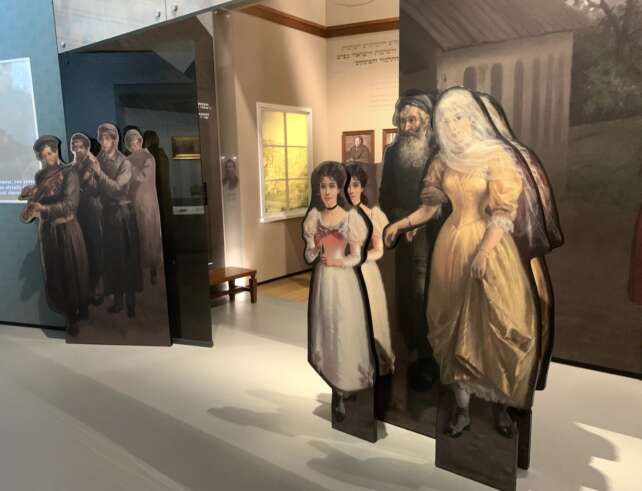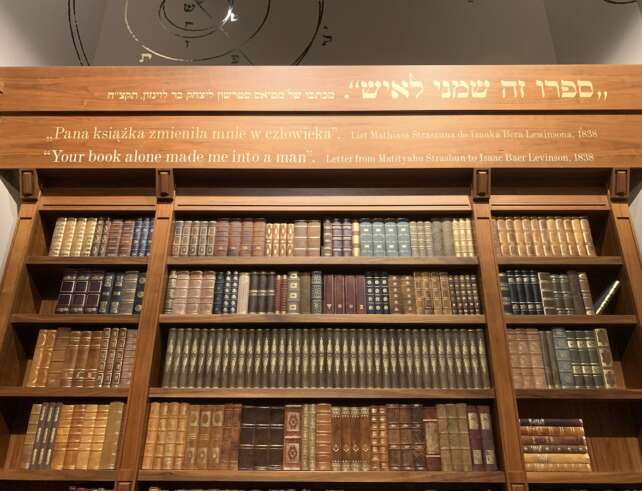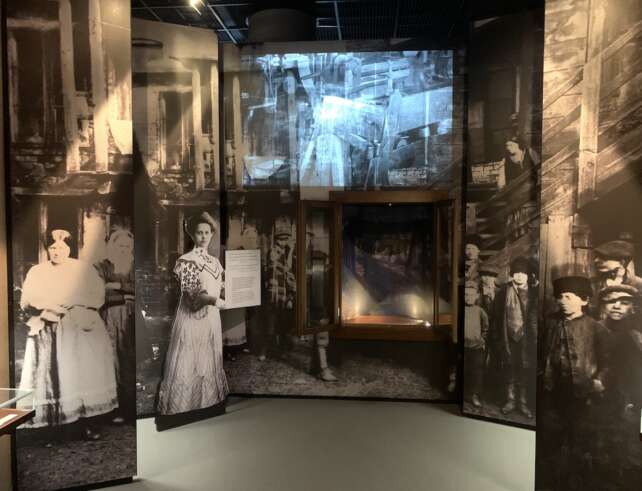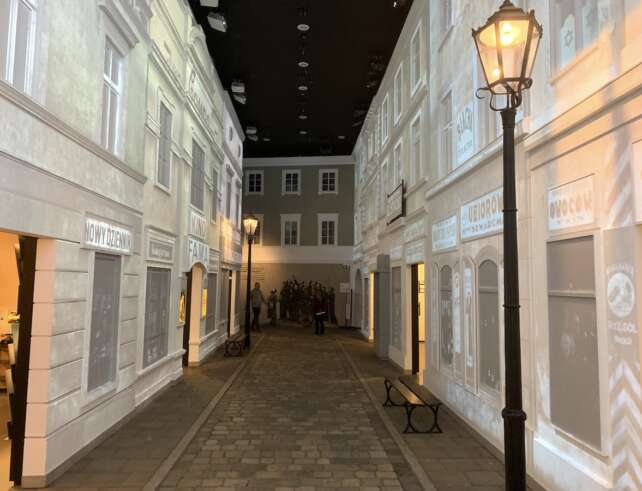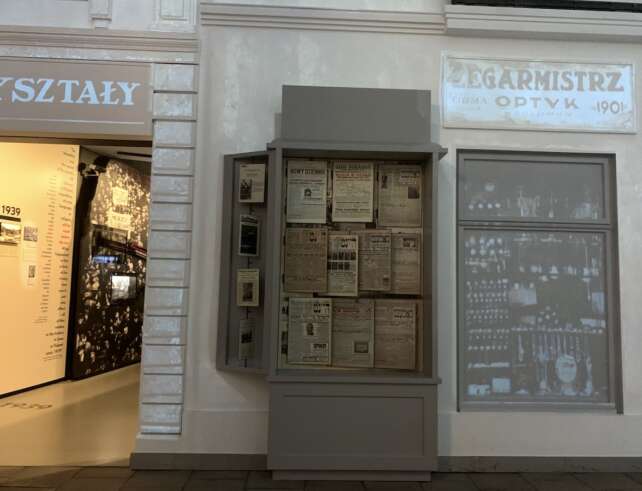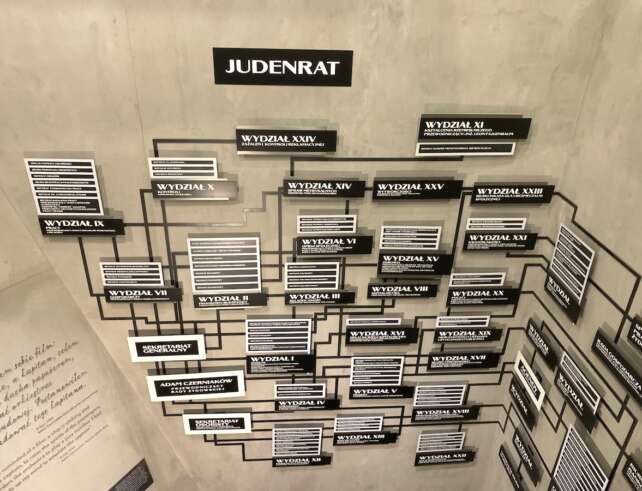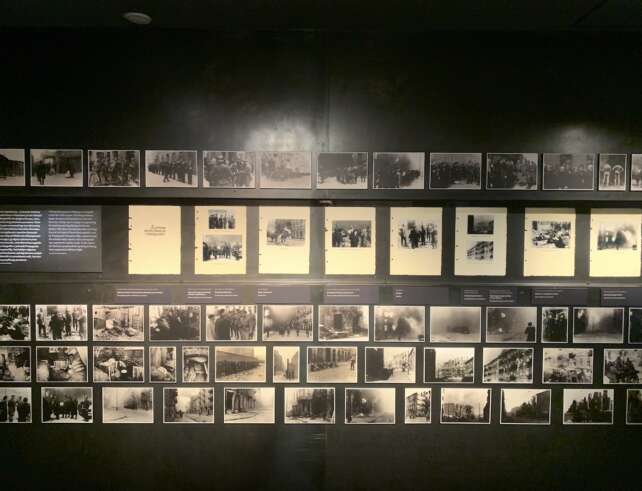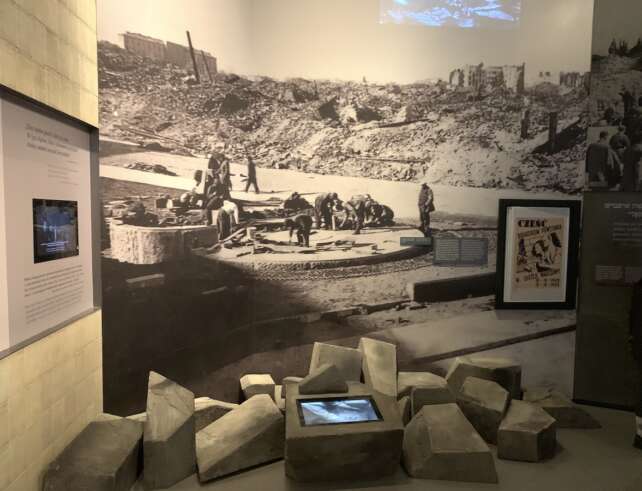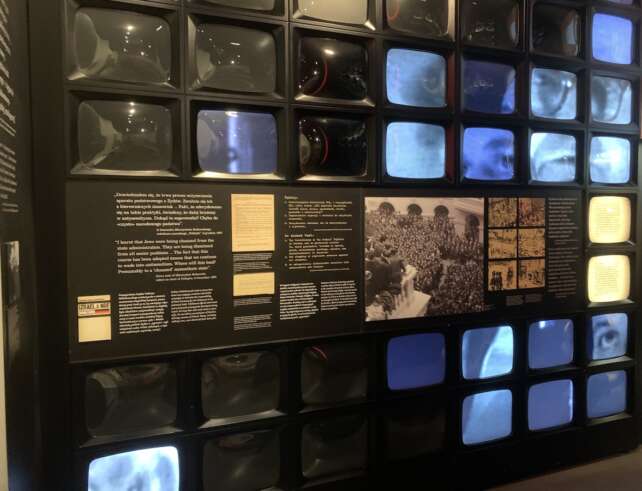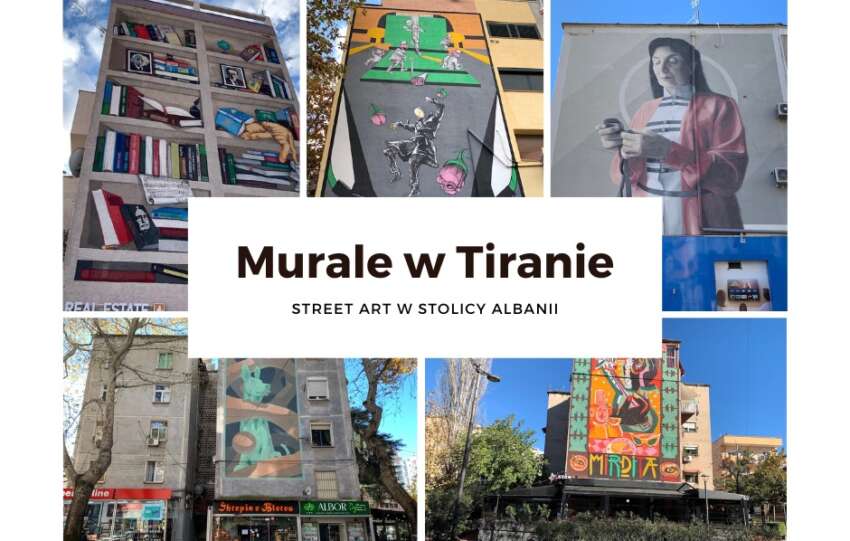Share This Article
I had been following the POLIN Museum of the History of Polish Jews for a long time. I had used many of their publications and had been planning a visit for years, but for various independent reasons, it never worked out. I finally managed to go and after the visit, I wholeheartedly recommend that you plan a trip to learn about the history of Polish Jews.
Located in Warsaw’s Muranów district, next to the Monument to the Ghetto Heroes, the museum was built on the site of the former Warsaw Ghetto. The building’s striking modern architecture, designed by Finnish architect Rainer Mahlamäki, immediately catches the eye.
Location
The POLIN Museum is located at 6 Mordechaja Anielewicza Street in Warsaw, about a 20-minute walk from the Old Town Market Square. If you prefer to take a bus, lines 111 or 180 will get you there, get off at the “Nalewki – Muzeum” stop. If you’re taking a tram, choose line 15, 16, or 18 and get off at the “Muranów” stop, or lines 17 or 33 and get off at “Anielewicza.”
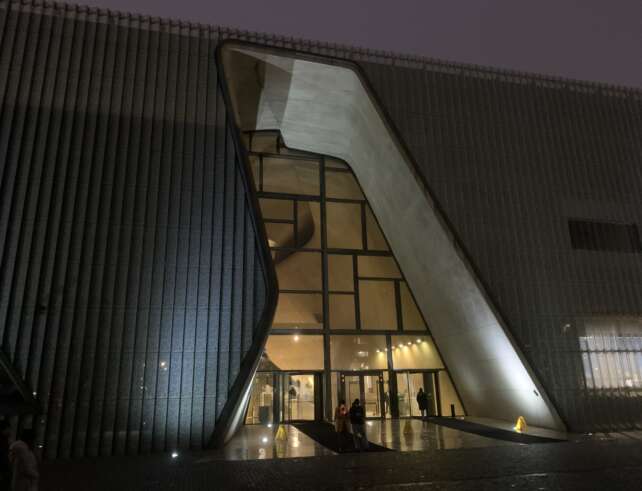
Opening hours and ticket prices
The museum is open six days a week (closed on Tuesdays). On Mondays, Wednesdays, Thursdays, Fridays, and Sundays, it is open from 10:00 AM to 6:00 PM, with the last entrance to the temporary exhibition at 4:00 PM. On Saturdays, the museum stays open longer – from 10:00 AM to 8:00 PM, with the last entry to the core exhibition at 6:00 PM.
In 2025, the museum will be closed on the following holidays: January 1, April 20, June 19, August 15, October 2, November 1, November 11, December 23–25, and December 31.
A combined ticket for the core and temporary exhibitions with an audio guide costs 45 PLN. Reduced tickets—for students, retirees, and teachers are 35 PLN. For groups of more than 10 people, tickets cost 30 PLN per person. If you’re visiting with family, a family ticket is a great option, it costs 95 PLN and allows entry for up to six people (two adults and four children under 18).
The museum also offers guided tours in Polish for 250 PLN, but you need to book at least five days in advance. Later bookings are possible but cost 350 PLN.
If you don’t have a fixed date for your visit, consider going on a Thursday, entry to exhibitions is free that day. If you’d like an audio guide on Thursday, it costs just 10 PLN to rent.
Exposition
The heart of the POLIN museum is its permanent exhibition, which is an excellent example of modern museum storytelling. Visitors can explore a thousand years of Polish Jewish history across eight galleries—from their arrival in Poland, through the golden age of tolerance, to the tragic Holocaust and post-war years.
Plan for about three hours to explore the museum. The audio guide alone runs for about two hours, but the wealth of information, artifacts, and interactive elements makes three hours a reasonable estimate. Currently, the exhibition consists of eight parts—more may be added in the future.
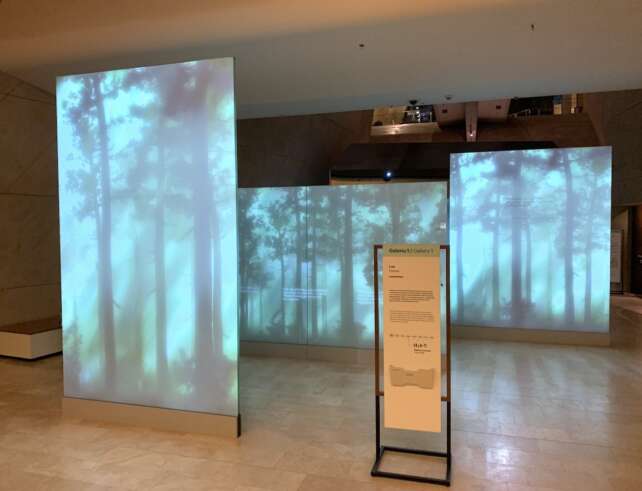

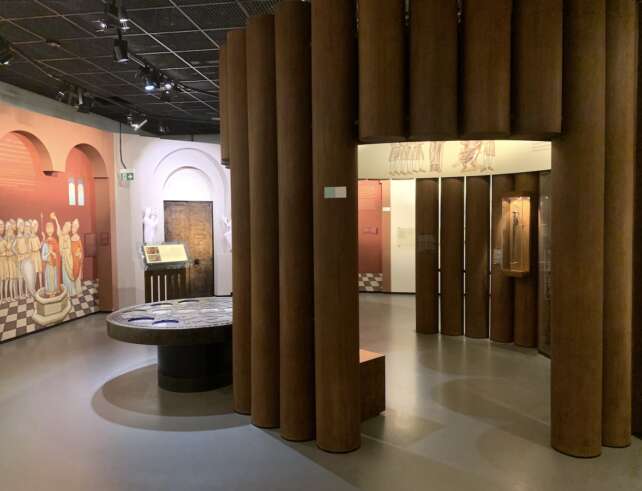
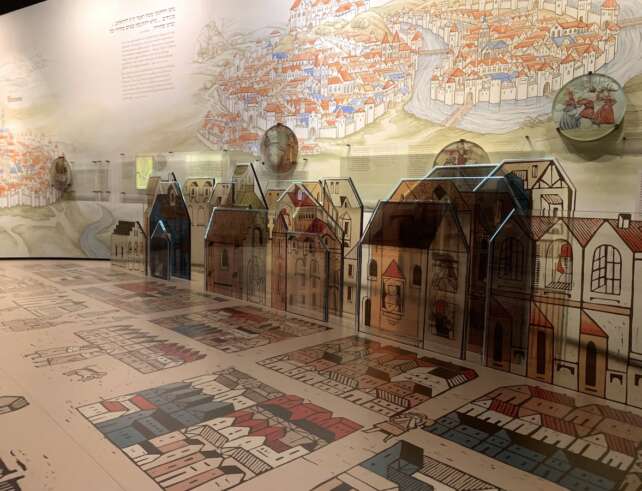
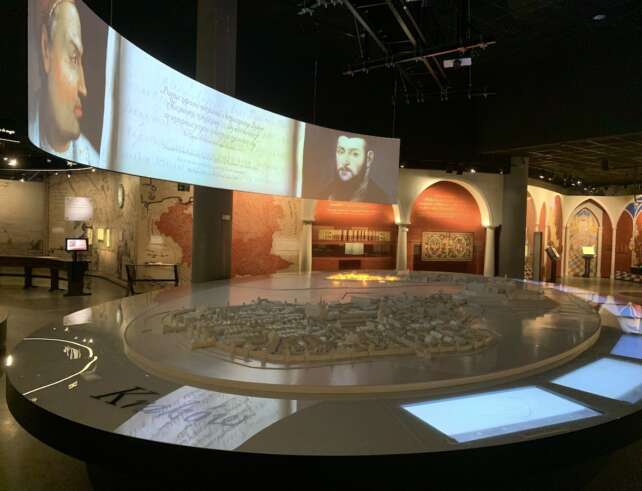
The POLIN exhibition starts with “The Forest.” A legend about the arrival of Jews in Mieszko I’s Poland tells of the word “Polin,” which in Hebrew means both “Poland” and “you shall rest here.” The next section, covering 960–1500, is called “First Encounters.” It explains where the Jews came from and how their communities developed. Here, you’ll find the museum’s oldest artifact—a 13th-century coin—and items related to my own region, Sandomierz and Końskie.
The next section, “Paradisus Iudaeorum” (1569-1648), covers the Polish-Lithuanian Commonwealth and the flourishing of Jewish communities. You’ll even find printing presses you can use to stamp your own design. Then comes “The Jewish Town” (1648-1772), where you’ll see a stunning reconstruction of the wooden ceiling from the synagogue in Gwoździec and learn about daily life in Jewish homes of the time.
Next is “Challenges of Modernity” (1772-1914), where I was especially struck by the room featuring portraits of the three rulers under whose domains Polish Jews found themselves after the partitions of Poland. There’s also a section resembling a train station that explores Jewish involvement in building the railways.
The “On the Jewish Street” section takes visitors into the interwar period. There, you’ll find a reconstruction of a city street complete with a café, cinema, and apartments—an immersive look at Jewish cultural life in the 1920s and 1930s.
As you might expect, the following section is devoted to the Holocaust. Simply titled “The Holocaust,” it presents harrowing testimonies of life and death during World War II. The final part of the permanent exhibition is “Postwar Years” (1944-present), which highlights the founding of the POLIN Museum, post-Holocaust Jewish life, and stories of survivors.
If you’re curious about the exhibition before your visit, check out the museum’s virtual tour online.
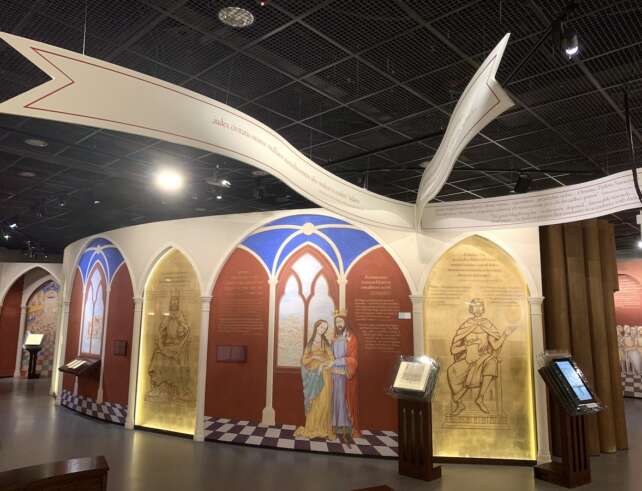
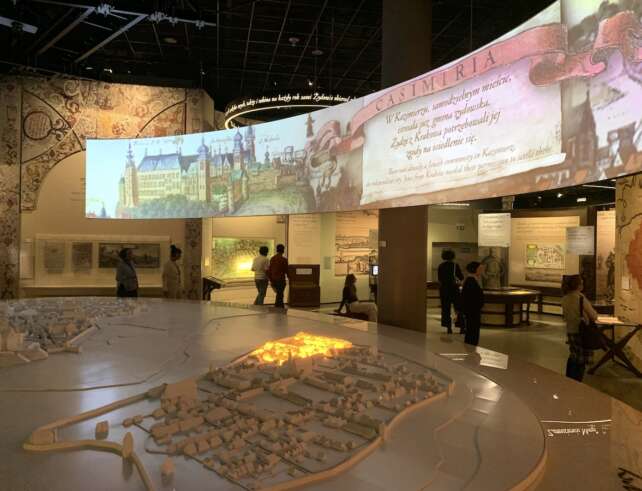
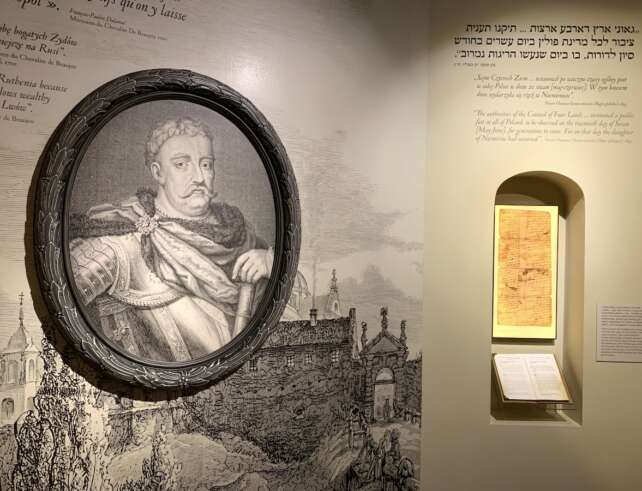
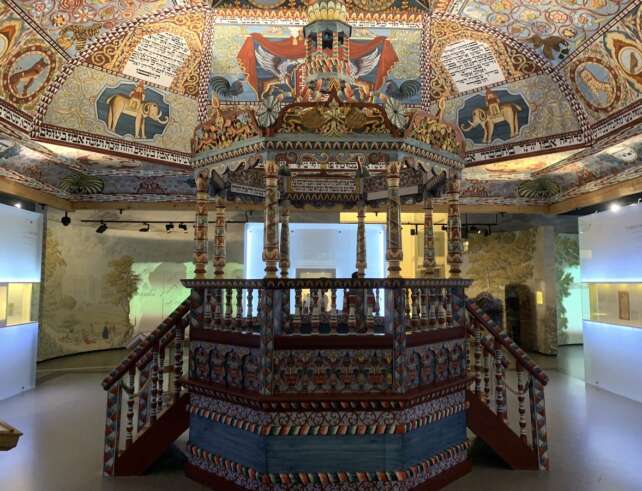
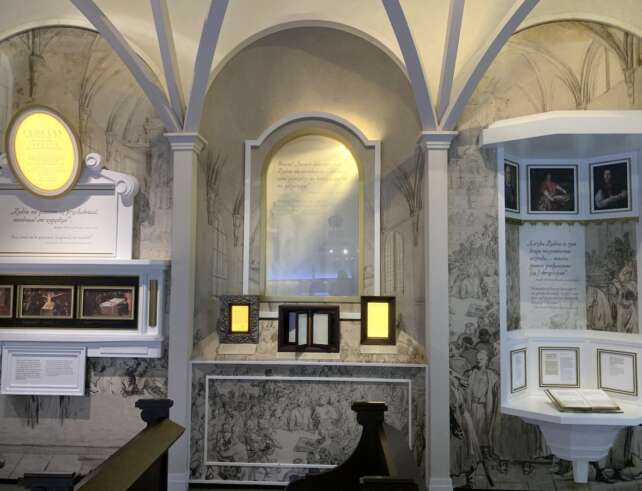
My impressions of POLIN
I regret that I visited POLIN only now—it’s a place that presents the history of Jews in Poland in an engaging and accessible way, one that educates and preserves memory. What struck me most was how balanced the museum is. Many places in Poland that present Jewish history focus almost exclusively on World War II and the Holocaust. While this period is critical and rightfully receives attention at POLIN too, the museum emphasizes the full 1,000-year span of Jewish life in Poland, not just the years 1939–1945.
Is It worth visiting?
The POLIN Museum of the History of Polish Jews is absolutely worth visiting. If you’re interested in Jewish history in Poland, this place is a must-see. But even if you’re not especially drawn to historical topics, a visit to POLIN will give you valuable insight into the past of the country we live in.
It’s an interactive and engaging space, and with the help of audio guides, the story becomes even more compelling. The museum brings to life both the golden ages and the darkest times of Jewish life in Poland.
The history of Polish Jews is fascinating and tied to many corners of the country. Look around your own area—you may find traces of once-vibrant communities that have since disappeared. If you’re curious about Jewish heritage in the Świętokrzyskie region, check more articles on my blog.
